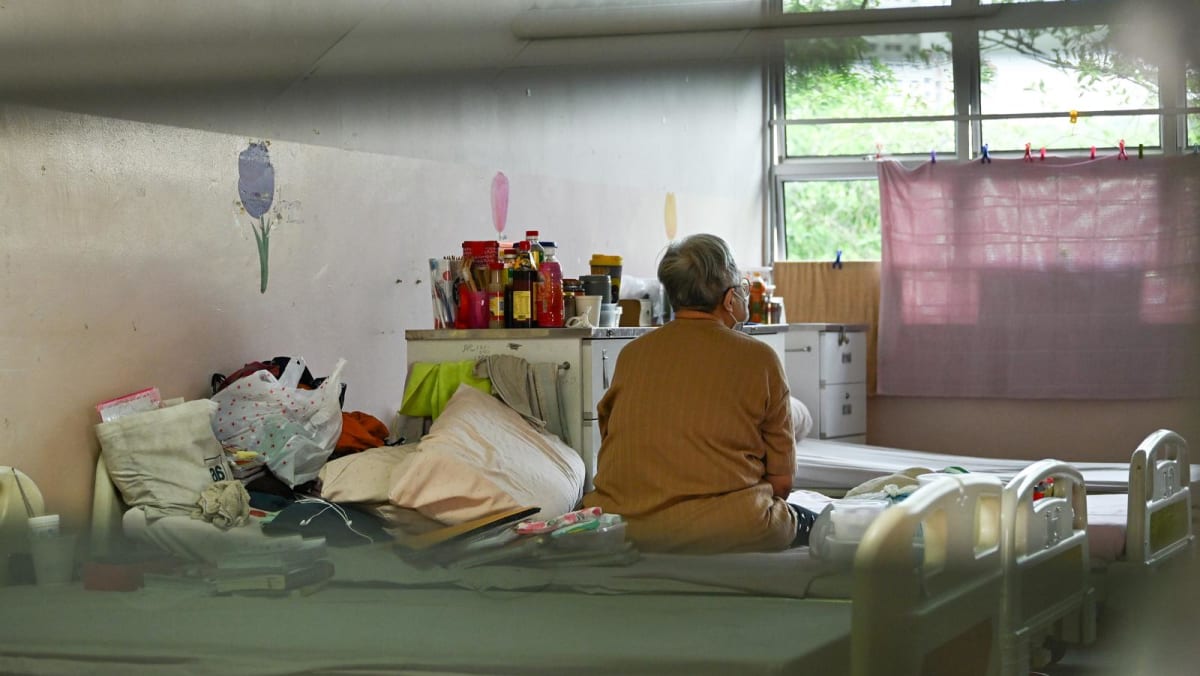HIDDEN, NOT HELPLESS
Life inside a welfare home may be full of activity, but the women who stay in such environments – and the facilities themselves – often remain outside of the public eye.
Ms Soon from Be Kind SG said some volunteers were initially unaware that such homes even existed.
“They are really a hidden community. We have had volunteers who live near the welfare home and they didn’t know what the home was about,” Ms Soon recalled.
While donations are important, what makes a difference is companionship, for example through volunteering for events, to create “beautiful memories” for the people in welfare homes, Ms Soon said.
Ms Koh from the Bukit Batok Home for the Aged said the public may not fully understand the complex circumstances that lead women to reside in welfare homes, and their enduring desire for dignity and connection.
“They are not simply recipients of care – they are individuals with histories, preferences and the capacity to heal and grow when given the right support.”
Similarly, MWS said the “immense strength” of the residents in surviving abandonment, abuse, poverty or social stigma is often overlooked.
“These women are not helpless – they are often resourceful but worn down by systemic barriers and a lack of support. With trust, dignity and opportunity, many can rebuild their lives,” MWS added.
For some women in welfare homes, what rebuilding looks like is clear: to return to the community and regain independence.
Ms Sarah, the resident of Thuja Home at Pelangi Village, is working towards living in a rental flat under the public housing authority’s Joint Singles Scheme.
“I feel thankful staying here, because I can learn how to be independent. A few years back, I didn’t know anything about self-regulation. But I went to a course and one of the officers taught me to (manage my emotions), how to float, not drown,” Ms Sarah said.
Under a scheme at the home, she has found part-time employment as a cafe retail assistant, which suits her schedule of frequent medical appointments.
“I left (secondary school) because of medical reasons. I still wanted to study but I had no choice then. Now, staying here, I work hard, get some savings and can continue from then.”
Though giving residents employment skills is important in helping them execute plans for a new life, Mr Chua the lecturer from NUS cautioned that many residents carry emotional burdens that are not easily resolved.
“They may seem better and be ready for discharge after the interventions. Yet, it is not uncommon to have these residents coming back into the system shortly after that.”
He pointed to the need for therapeutic support – such as counselling, art or play therapy – and structured aftercare to support a smooth transition.
Ms Maniam observed that reintegration with one’s family was “very rare”. She has encountered only one or two successful cases over the years.
Reintegration can be “especially complex” for female residents given the social, economic and cultural disadvantages and limited family support many residents have, MWS said.
Each year, its welfare home has reintegrated around 5 per cent of the residents into the community – only one-fifth of whom are female.
“Our aim is to improve their overall quality of life throughout their stay. However, for many residents, reintegration into the community is not a likely outcome – not due to a lack of will, but because of complex life circumstances and practical constraints,” MWS added.
Still, for some other female residents, fulfilment is not found in leaving, but in enjoying life within the four walls of the welfare home, where they have forged healthy routines, friendships and a sense of security that may have eluded them elsewhere.
One of them is Ms Sandy (not her real name), 57, who has stayed at Thuja Home at Pelangi Village for more than nine years.
Diagnosed with bipolar disorder, she said that staying at the home has helped her feel “very stable”.
Adjusting to living with strangers was initially a struggle, she admitted, and even now and then, there are quarrels in her dormitory, which sleeps eight residents.
“Sometimes, we quarrel then patch back. We automatically patch back,” she said. She is buoyed by the friendships she made, including with Ms Kelly who spends time doing colouring activities with her – Ms Sandy’s favourite hobby.
“At my age, I have nowhere to go already. I feel happy now. I feel like it’s very nice here. It feels like a home,” Ms Sandy added.
